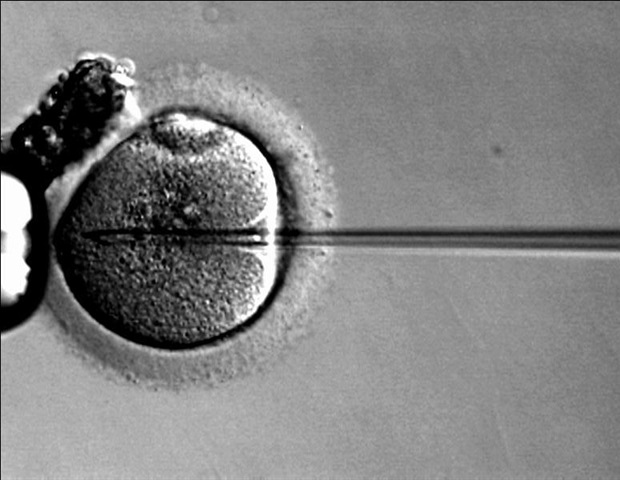A study published in the journal Pediatric Research describes the association between adverse childhood experiences and the risk of obesity in adolescence. The study identifies behavioral difficulties and self-concept as potential mediators of this association.
 Study: Early life adversity and obesity risk in adolescence: a 9-year population-based prospective cohort study. Image Credit: Pixel-Shot / Shutterstock
Study: Early life adversity and obesity risk in adolescence: a 9-year population-based prospective cohort study. Image Credit: Pixel-Shot / Shutterstock
Background
The prevalence of obesity among adolescents is sharply increasing globally. In Western countries, the prevalence is between 20% and 30%. Various biological, social, and psychological factors restrict the treatment and prevention of obesity in adolescence.
Obesity in adolescence is known to increase the risk of diabetes, hypertension, coronary heart disease, cancer, and premature mortality. A complex interplay between environmental factors, genetic factors, and psychological behaviors is considered to be the primary driver of obesity. Existing evidence also highlights that exposure to adverse experiences in childhood can potentially increase the risk of weight gain and obesity in adolescence.
Adverse childhood experiences, including physical, emotional, and sexual abuse, caregiver mental illness, substance abuse, violent household environment, poverty, and loss of parents, can directly or indirectly affect children by disrupting their sense of safety. However, it is unclear how these experiences increase the risk of obesity.
The current study aimed to identify possible factors that may influence the association between childhood adverse experiences and adolescent obesity risk.
Study design
The scientists analyzed prospective data collected from the Growing up in Ireland cohort study, which enrolled 8568 9-year-old children born between 1997 and 1998 and their families. The children were followed up at 13 and 18 years of age. A total of 6216 families completed the entire survey.
The study considered childhood exposure to 14 adverse experiences that occurred before the age of 9. Body mass index (BMI), a well-established measure of obesity, was calculated in adolescents’ homes at the ages of 9, 13, and 18. Information on four types of mediators, including daily activity, diet quality, self-concept, and behavioral difficulties, was collected when the children were 13 years of age.
Important observations
The final study analysis was conducted on 4,561 adolescents. Of them, 77.2% experienced any adverse events in childhood, 50.5% were female, and 26.7% were overweight or obese at the age of 18.
Adolescents who developed obesity at 18 years of age were more likely to have childhood experiences of death of a family member, house shift, or divorce of parents compared to their non-obese counterparts. A higher BMI was observed at 9 and 13 years of age in children who were exposed to adverse experiences compared to non-exposed children.
A lower self-concept and higher behavioral difficulties were observed throughout adolescence for those who were exposed to adverse experiences in childhood. Significant differences in behavioral difficulties, BMI, and family income were observed between adversity-exposed and non-exposed children at the age of 13 years. Children exposed to adverse experiences mostly lived in low-income households throughout adolescence.
A higher parental BMI and a lower household income were found to be associated with higher BMI at the age of 18. An association was also observed between the frequency of hard exercise and lower BMI of adolescents at the age of 18. However, no such association was noted for diet quality.
The analysis of the effect of possible mediators revealed that lower self-concept and higher behavioral difficulties indirectly mediate the association between childhood adverse experiences and obesity risk in adolescence.
Study significance
The study finds that exposure to adverse experiences before 9 years of age can increase behavioral difficulties and reduce self-concept at 13 years of age and can cause obesity at 18 years of age. However, the study could not find any direct association between childhood adverse experiences and adolescent obesity risk.
As the scientists mentioned, a significant proportion of enrolled families did not complete the entire survey. Families with high household incomes remained mostly in the study. This shortcoming may introduce selection bias and restrict the study findings’ generalizability.
To more conclusively determine the association between childhood adverse experiences and obesity risk, future studies should address the duration and frequency of exposure and the age at the time of exposure in their study design.
Journal reference:
- De Visser, Hannah S., et al. “Early Life Adversity and Obesity Risk in Adolescence: A 9-year Population-based Prospective Cohort Study.” Pediatric Research, 2024, pp. 1-7, DOI: 10.1038/s41390-024-03040-7https://www.nature.com/articles/s41390-024-03040-7

 PARENTING TIPS
PARENTING TIPS PREGNANCY
PREGNANCY BABY CARE
BABY CARE TODDLERS
TODDLERS TEENS
TEENS HEALTH CARE
HEALTH CARE ACTIVITIES & CRAFTS
ACTIVITIES & CRAFTS

